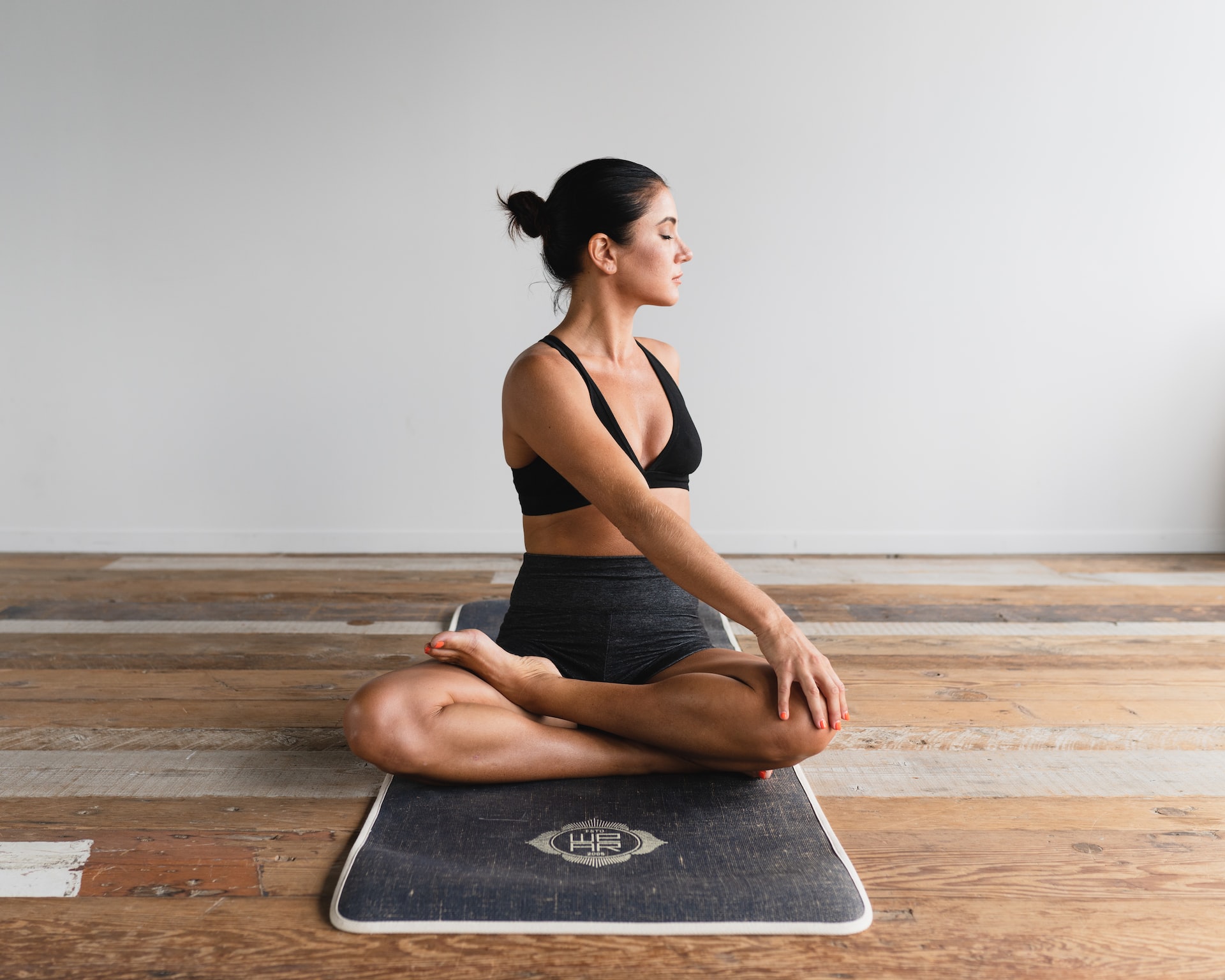
16 Mar Static vs. Dynamic Stretching
Stretch therapy is an essential fitness component, and it comes in two forms: static and dynamic stretching. Both types of stretching have their benefits and drawbacks, and it is crucial to understand the differences between them to determine which is best for what.
In this article, we will provide a comprehensive guide to static vs. dynamic stretching and help you make informed decisions about your stretch therapy routine.
What Is Static Stretching?
Static stretching involves holding a position for some time. This type of stretching is often used to increase flexibility and range of motion. Some examples of static stretching include holding a hamstring stretch for 30 seconds, a quad stretch for 30 seconds, or a butterfly stretch for 30 seconds.
Benefits of Static Stretching
- Increased flexibility: Static stretching is an effective way to increase flexibility and range of motion.
- Reduced muscle soreness: Static stretching can help reduce muscle soreness and stiffness after a workout.
- Improved posture: Static stretching can help improve posture by lengthening tight muscles.
- Reduced risk of injury: Static stretching can help reduce the risk of injury by improving flexibility and range of motion.
What Is Dynamic Stretching?
Dynamic stretching is a form of stretching that involves moving through a range of motion. This type of stretching is often used to prepare the body for physical activity. Some examples of dynamic stretching include walking lunges, high knees, and butt kicks.
Benefits of Dynamic Stretching
- Increased blood flow: Dynamic stretching can help increase blood flow to the muscles and reduce the risk of injury.
- Improved performance: Dynamic stretching can help improve performance by preparing the body for physical activity.
- Increased flexibility: Dynamic stretching can help increase flexibility and range of motion.
- Reduced muscle soreness: Dynamic stretching can help reduce muscle soreness and stiffness after a workout.
Static vs. Dynamic Stretching: Which Is Best for What?
Static stretching is best used after a workout or as a separate session. It is not recommended to use static stretching before a workout, as it can decrease strength and power output.
Dynamic stretching, on the other hand, is best used before a workout or physical activity. It helps prepare the body for physical activity and can help prevent injury.
Here are some guidelines to help you determine which type of stretching is best in different situations:
- If you want to increase flexibility, use static stretching.
- If you want to improve performance, use dynamic stretching.
- If you want to reduce the risk of injury, use both static and dynamic stretching.
- If you are warming up for a workout or physical activity, use dynamic stretching.
- If you are cooling down after a workout or physical activity, use static stretching.
Conclusion
Both types of stretching have their benefits in different situations, and it is crucial to understand the differences between them to determine which is best for what you are doing at the time. By following the guidelines listed above, you can create an effective stretching routine to help you achieve your fitness goals and reduce the risk of injury.
Turn to Medical Fitness and Wellness Group for top-notch stretch therapy services. We offer a variety of stretching plans tailored to your specific needs. Contact us today to learn more about how we can help you reach your fitness goals.


















